Specialty coffee, generational succession & change of paradigm
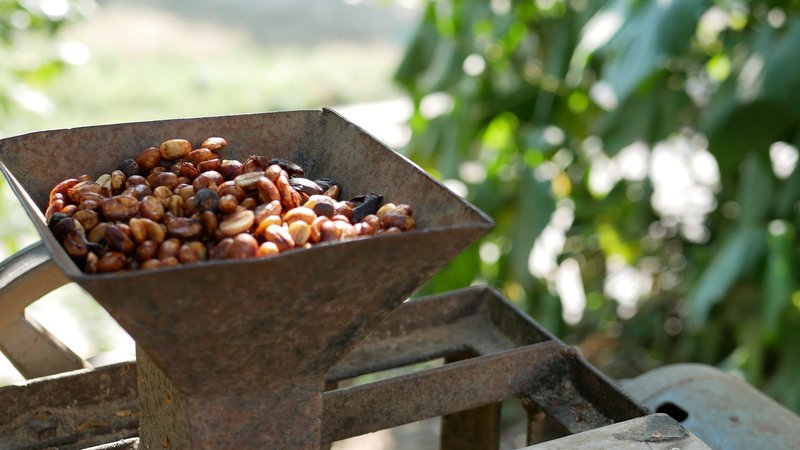
All over the world we can observe more and more initiatives of young producers or coffee professionals making the choice of the specialty coffee as an answer to various challenges among which, the price crisis, environmental issues and generational succession.
We're conscious that the trend of Specialty Coffee has its own limits, may it be for the lack of homogeneity on its understandings, the confusion on what actually "specialty means" and the misuse than can be done sometimes for ignorance or trading purposes.
Yes sometimes a specialty coffee brands are just selling coffee at higher price without changing the rules of the game. Which basically means that the producers will hardly receive a dime for the excedent paid by the final consumers.
Yes the coffee industry, including the specialty fragment, still hardly lacks of transparency and fair sharing.
And yet... after 10 months travelling around the world of coffee, we have observed the growth of a "specialty coffee trend" in all producing countries... and it gives us some hope for the future of coffee.
It may not be perfect, it may not give in every case a cupping score of 86 and above (yet!), but it is a huge step towards quality and sustainability.
That's why we decided to present a series of portraits. From farmers to barista, from Africa to Brazil, we've seen many examples on how specialty coffee indeed changed the story and life of the people.
Maurillo Sampieri Valdés, Huatusco, Veracruz
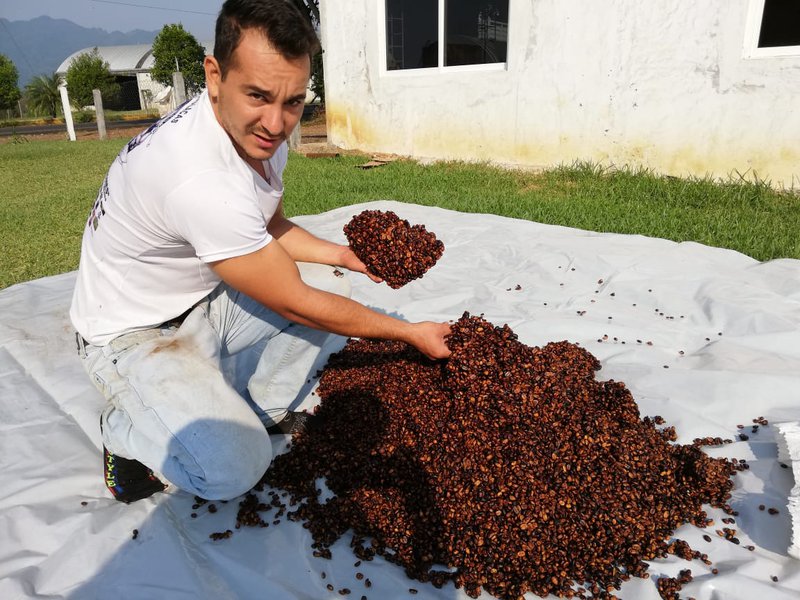
Maurillo Sampieri is a young coffee producer from Huatusco, a small coffee-growing town at the west of Veracruz. The region is known for the intense fog that can cover the forest and the city some days and that contrasts with the high temperatures of other days. A climate that is good for coffee growing but does not facilitate its processing. The fermentation and drying are very touchy!
[That is why some multinationals prefer not to take any risk and therefore not to proceed to any fermentation. The coffee is pulped, dried directly, washed and well polished to avoid any risk of over-fermentation. The sweetness is sacrificed for the sake of cleanliness, giving in cup a dry, herbal, astringent but supposingly clean taste ....]
Maurillo's great great grandfather, Remigio Sammpieri, arrived from Italy at the end of the ninetieth century with a few other families. He bought land and started producing coffee, seeing the potential of this fertile land and its climate. There were not many of them at that time.
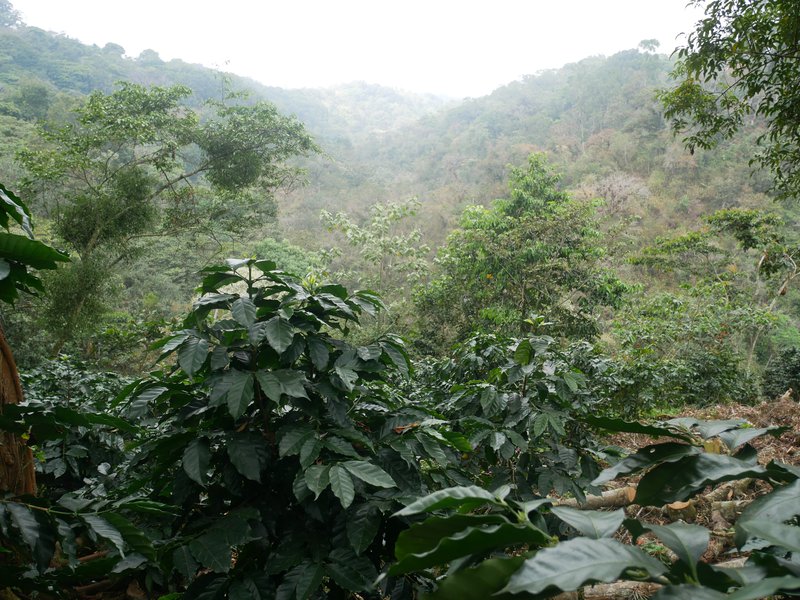
The family then took the follow-up until becoming an important coffee miller and exporter. Back in the 80's they were buying coffee cherries to many small farmers of the area and were processing fully-washed coffee to export it all over the world.
But then at the beginning the 90's put an end to international coffee agreements, subsidies to farmers and quota systems. That's the beginning of the market liberalization. Multinationals started to settle with better trading conditions and to bankrupt the systems.
The Sampiere family almost lost it all. They abandonned the coffee mill to go and work in the US for a time. And when they came back... the whole installation was crumbling and it would cost too much to recover.
Luckily, they didn't sell their land. They kept growing coffee, conventionnaly, to sell it to the multinationals, earning what was given to them.
But then Maurillo, the youngest son of the family, however, started to get moreinterest into coffee, to hear about "specialty coffee", microlots and quality. He began to question the intensive monoculture production system inherited from the "old school".
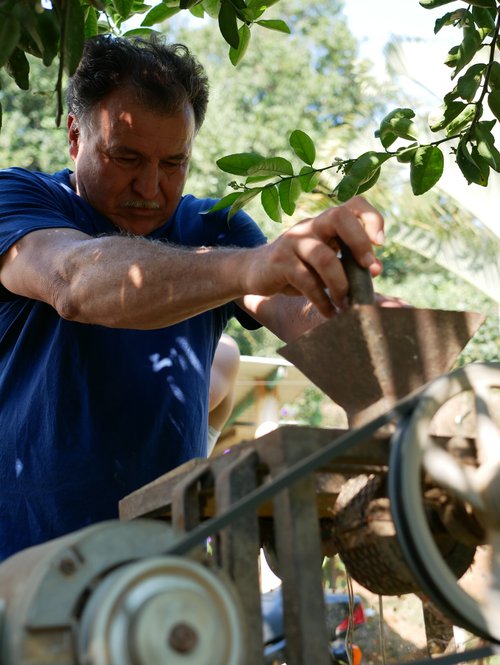
He started to get interest into the diversity of varietals, colors, flavors, to question the influence of the climate and soils. With a bench of friends they have started to experiment different kinds of process: yellow honey, red honey, black honey, drying under natural sunlight or in the shadow and cooler temperature of a bodega... Taking notes on the parameters, the evolution of the cupping profile, the possible defects (physical or sensorial) until finding the good recipe.
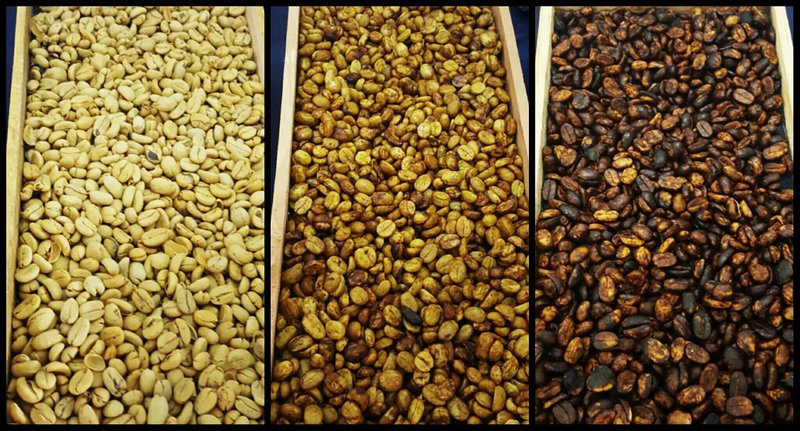
It's just the beginning of a fascinating journey into the world of specialty coffee. We've been impressed by their enthusiasm. Driven by their passion, they took the risk of experimenting which means possibly losing their lots, spending time and money to add value to their poduct.
That the kind of initiatives that moves the coffee industry and we wish to support them along the way!
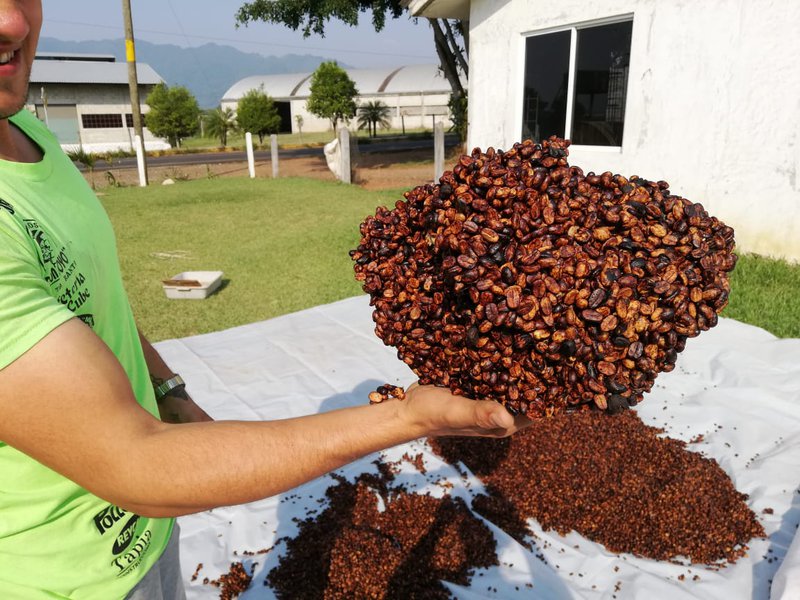

 Mexico
Mexico Colombia
Colombia Ethiopia
Ethiopia Guatemala
Guatemala Indonesia
Indonesia Kenya
Kenya Philippines
Philippines Tanzania
Tanzania Uganda
Uganda